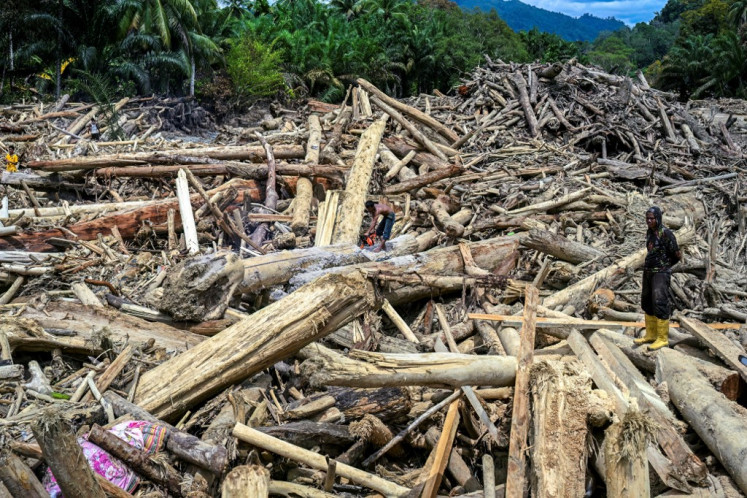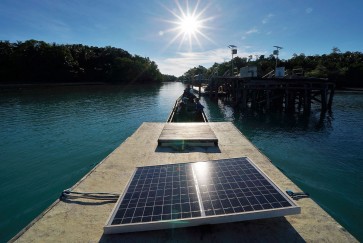Popular Reads
Top Results
Can't find what you're looking for?
View all search resultsPopular Reads
Top Results
Can't find what you're looking for?
View all search resultsSecuring electricity supply: Climate change does matter
Extreme weather puts our electricity at risk, but it is not the only threat. Other climate-related risks, such as rises in sea level and temperature, as well as changes in precipitation, also threaten the stability of our power supply.
Change text size
Gift Premium Articles
to Anyone
E
lectricity is a basic need of modern society. As such, increasing availability of electricity is a vital goal of the Indonesian government. They claim 93 percent of Indonesia’s households currently have electricity. This indicates that it may be possible to achieve “near-universal” electricity access by 2020, as targeted in the National Energy Policy.
As vital as universal access to electricity is, we also expect a reliable supply of it. However, in some areas, the demand for electricity grows faster than the infrastructure necessary to provide it. Hence, power cuts occur often, especially during peak hours or when a power plant shuts down for maintenance.
Apart from electricity-related crises caused by delayed infrastructure development, the supply of electricity throughout Indonesia is often disturbed by extreme weather events. In 2015 alone, 87 power disruptions in the Java-Bali grid were attributed to extreme weather, an average of around seven a month.
Extreme weather puts our electricity at risk, but it is not the only threat. Other climate-related risks, such as rises in sea level and temperature, as well as changes in precipitation, also threaten the stability of our power supply.
According to a National Development Planning Agency (Bappenas) study, the rate of sea-level rise (SLR) from 1993 to 2008 was an average of six millimeters per year. If this trend continues, the average SLR for Indonesia could reach 15 to 18 centimeters by 2030, relative to the sea level in 2000.
As most thermal power plants are located on coastal areas, they are vulnerable to floods caused by SLR. For example, the Muara Karang Power Plant, which is located on the coast of North Jakarta, is often inundated by seawater. In January 2013, floods forced this plant to stop operating for four consecutive days. This resulted in a disrupted electricity supply in Jakarta and caused the State Electricity Company (PLN) to lose Rp 116 billion.
Meanwhile, the Bappenas study projected an average surface temperature increase of 0.8 to 1 degree celsius across Indonesia from 2020 to 2050, relative to the surface temperature at the end of 20th century.


















